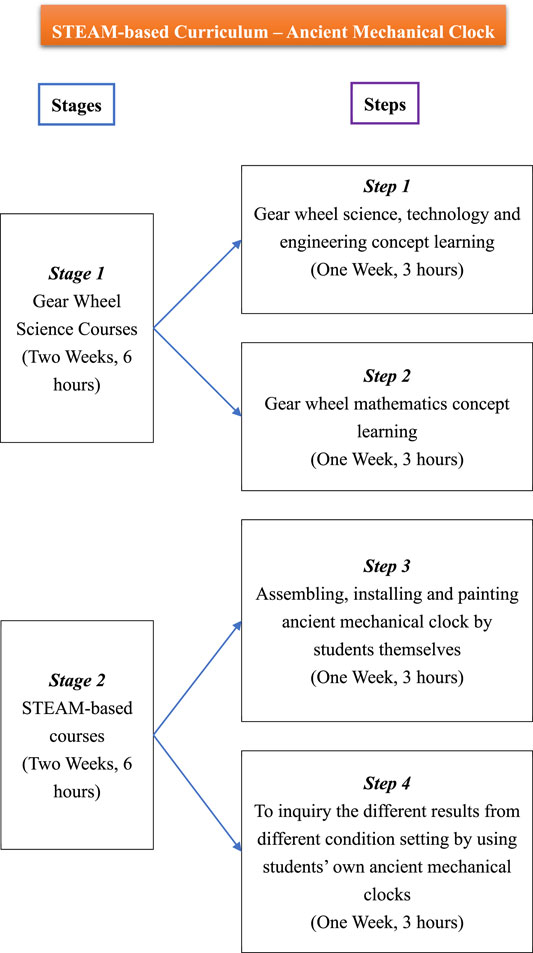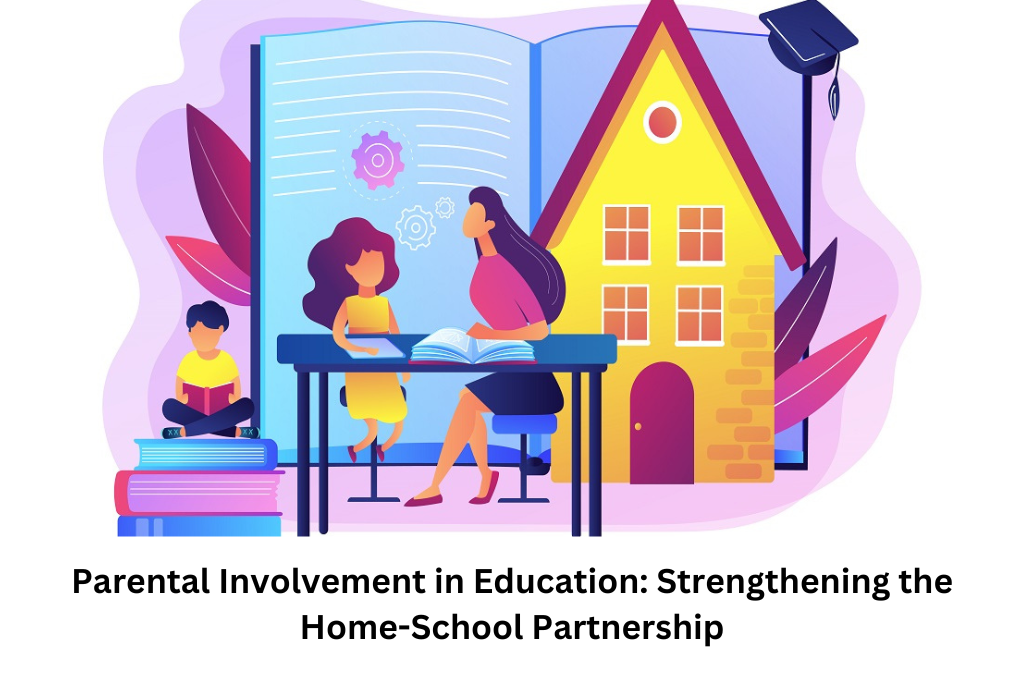Mastering Effective Teaching Best Tips for Educators
Welcome to Mastering Effective Teaching: Best Tips for Educators
Teaching is an art, a science, and a journey of continuous growth. As educators, we are tasked with the incredible responsibility of shaping young minds and inspiring a love for learning. In this guide, we’ll explore some of the best tips and strategies that can help educators become masters of their craft, creating dynamic and impactful learning experiences for their students.
Setting Clear Learning Objectives
The first step to effective teaching is setting clear learning objectives. Before stepping into the classroom, educators should have a solid understanding of what they want their students to achieve. Clear objectives guide the lesson planning process and help keep the focus on the essential concepts.
Creating Engaging and Relevant Lessons
The key to capturing students’ attention lies in creating lessons that are both engaging and relevant to their lives. Incorporating real-world examples, multimedia resources, and hands-on activities can bring the subject matter to life. When students see the relevance of what they’re learning, they are more likely to be motivated and enthusiastic.
Differentiating Instruction to Meet Diverse Needs
Every classroom is filled with a diverse group of learners, each with their unique strengths and challenges. Effective educators differentiate instruction to meet the varied needs of their students. This means offering different pathways to learning, such as small group activities, individualized assignments, and varied assessments.
Utilizing Technology as a Teaching Tool
In today’s digital age, technology has become an integral part of the learning experience. Educators can harness the power of technology by incorporating interactive whiteboards, educational apps, and online resources into their lessons. These tools not only enhance engagement but also prepare students for the digital world.
Encouraging Active Participation and Collaboration
Learning is a social activity, and students learn best when they are actively engaged. Educators can foster participation by encouraging class discussions, group projects, and peer collaboration. These activities not only deepen understanding but also develop crucial teamwork and communication skills.
Providing Timely and Constructive Feedback
Feedback is a crucial component of the learning process. Educators should provide timely and constructive feedback on student work, highlighting strengths and areas for improvement. This feedback should be specific, actionable, and aimed at guiding students towards their learning goals.
Creating a Positive Learning Environment
A positive classroom environment sets the stage for effective teaching and learning. Educators should strive to create a space where students feel safe, respected, and supported. This includes fostering a culture of inclusivity, empathy, and open communication.
Using Differentiated Teaching Methods
No two students learn in the same way, and effective educators recognize this. By using a variety of teaching methods such as lectures, group activities, multimedia presentations, and hands-on experiments, educators can cater to different learning styles and preferences.
Promoting Critical Thinking and Problem-Solving Skills
Education is not just about memorizing facts; it’s about developing critical thinking and problem-solving skills. Educators can encourage these skills by posing open-ended questions, challenging students to think creatively, and providing opportunities for real-world application of














